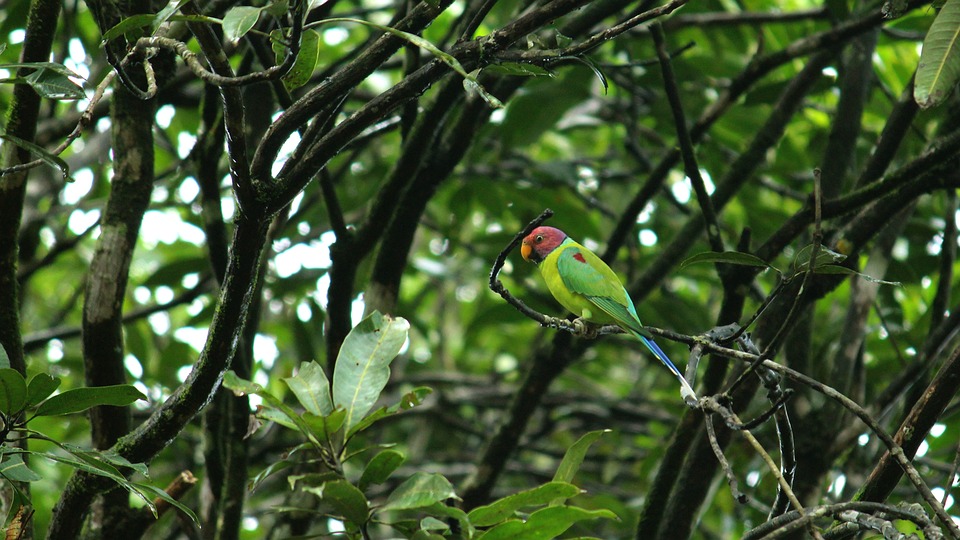Training parrots can be a fun and fulfilling experience, but sometimes our feathered friends can become possessive over their training rewards. This possessive behavior can hinder progress and strain the bond between the parrot and its human caretaker. In this article, we will explore effective techniques to discourage parrots from becoming possessive over their training rewards, creating a healthier and more enjoyable training experience for both parrot and owner.
Understanding Possessiveness in Parrots
The first step in addressing possessiveness is recognizing the signs. Possessive behaviors in parrots may include aggressive behavior, biting, screeching, or refusing to share rewards. It is important to understand that possessiveness can be influenced by various factors, including the parrot’s individual temperament, past experiences, and even certain parrot species that may exhibit a higher tendency for possessive behaviors, such as African Greys and Amazons. Addressing possessiveness early on is crucial for preventing the behavior from becoming ingrained.
Establishing a Structured Training Routine
A structured training routine can help discourage possessiveness in parrots. Setting consistent training sessions at regular intervals can establish a sense of predictability and routine for the parrot. Additionally, designating a specific training area can help the parrot associate that space with training and rewards. Emphasizing the initiation and conclusion of training sessions with clear cues, such as a specific command or signal, can further reinforce the structure and boundaries of the training routine.
Promoting Positive Reinforcement Techniques
Using positive reinforcement techniques can help redirect a parrot’s possessive behavior. Implementing a variety of reward types, such as treats, praise, or favorite toys, can keep the parrot engaged and prevent fixation on a specific reward. Rotating rewards during training sessions can further discourage possessiveness by teaching the parrot to expect different rewards. Gradually reducing the frequency of rewards over time can also encourage the parrot to focus on the training itself rather than solely on the rewards.
Encouraging Sharing and Turn-Taking
Teaching a parrot to share rewards willingly is crucial for discouraging possessiveness. This can be achieved by gradually introducing the concept of turn-taking during training sessions. For example, taking turns with the parrot to hold or interact with the reward can help promote a sense of cooperation and shared ownership. Additionally, utilizing social interaction as a reward, such as offering praise or affection, can reinforce positive behaviors and diminish possessiveness.
Implementing the “Leave It” Command
Training the parrot to “leave” its reward on command can be an effective tool in discouraging possessiveness. This command teaches the parrot to willingly relinquish its reward when requested. Reinforcing the “leave it” behavior with alternate rewards, such as a different treat or toy, can further encourage the parrot to willingly let go of its possession. Gradually increasing the difficulty level, such as asking the parrot to leave the reward for longer durations, can reinforce the behavior and reduce possessiveness.
Addressing Possessiveness with Environmental Enrichment
Providing an enriched environment can help redirect a parrot’s fixation on rewards. Engaging toys and activities can keep the parrot mentally stimulated and provide alternative sources of enjoyment. Incorporating foraging opportunities, such as hiding treats or food in puzzle toys, can encourage the parrot to actively seek out rewards rather than becoming possessive over a single reward. Enriching the parrot’s environment with various perches, swings, and climbing structures can further reduce fixation on rewards by promoting physical exercise and natural behaviors.
Conclusion
By understanding possessive behaviors in parrots and implementing effective training techniques, we can discourage possessiveness over training rewards. Through consistent training, positive reinforcement, and environmental enrichment, we can create a healthier and more enjoyable training experience for both parrot and owner. Remember to seek professional guidance from avian behaviorists or trainers for specific concerns or challenges, especially if your parrot displays aggression during training. With patience, consistency, and a proactive approach, we can nurture a strong and trusting bond with our parrots while fostering their overall well-being.









